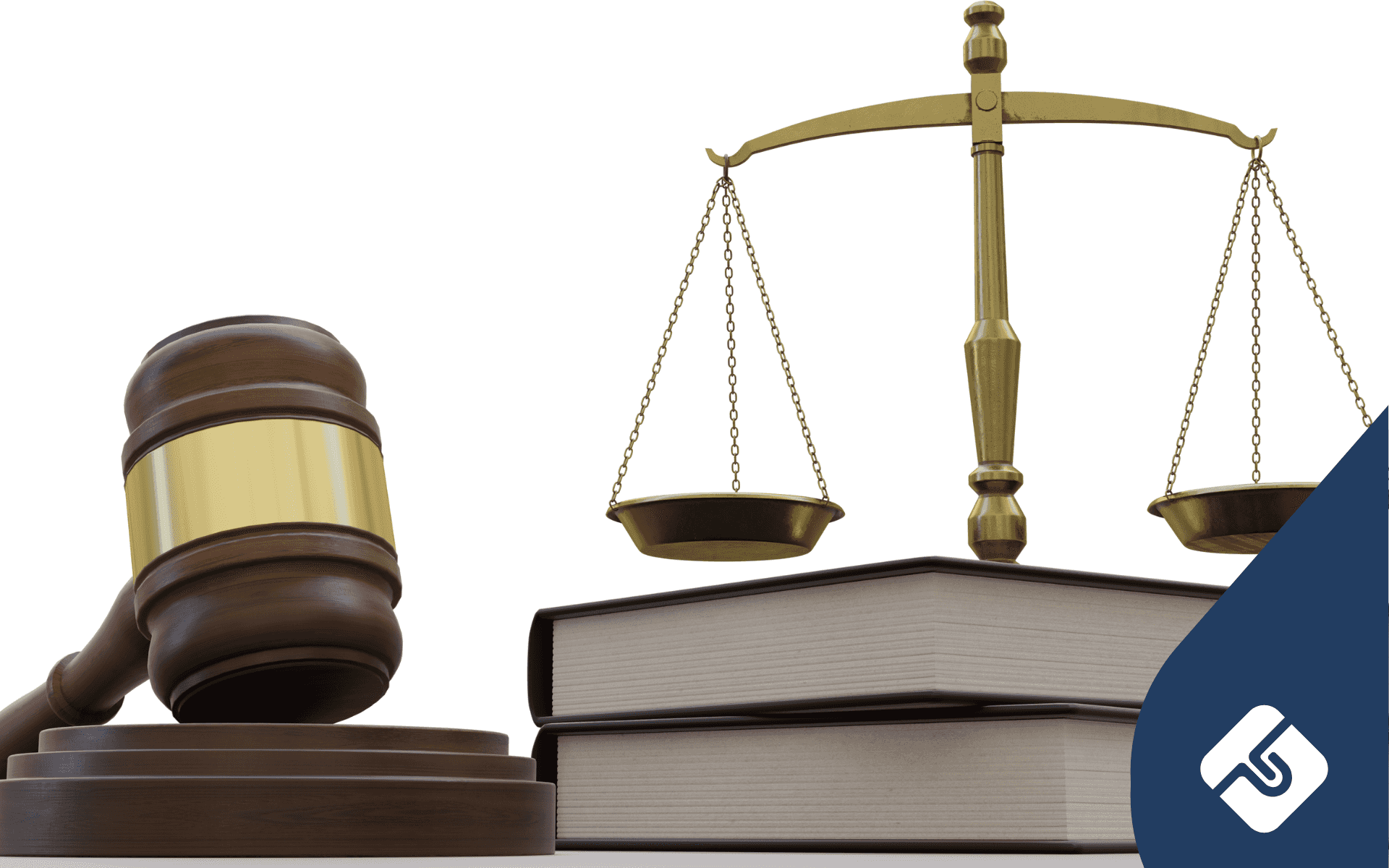Paul is an intern at Lawpath, and is currently studying a combined Arts/Laws degree with a major in criminology at Macquarie University. Paul has an interest in legal tech, which complements his broader interest in cyber crime/security and the way in which it is changing the world.
As a business owner, you will encounter changes in your staff, whether your employees resign or you have to let them go. It is valuable to know how best to deal with these changes, including how to protect your business into the future. One document which can protect your business is a Deed of Release. Keep reading this article to find out what it is and when you should use one.
What is a Deed of Release?
A deed of release is a legal document. It is also known as a deed of settlement. This document is used to formalise an agreement between two or more parties involved in a dispute. In an employment setting, a deed of release is often used to resolve a dispute between an employer and employee or ex-employee. What is most important to know about this document is that it is legally binding.
When to use one
A deed of release is best suited where disputes have existed, or may arise in the future. Accordingly, this document may be appropriate if an employee leaves the job in any of the following circumstances:
- If a business restructure makes a position redundant
- If you terminate the employment of an employee
- In the case where unfair dismissal proceedings have recently settled
Therefore, if the parting of ways between an employer and employee has been amicable, the need for this document is limited.
General benefits
The main overarching benefit is that it provides mutual assurance to either party about post release obligations or restrictions. This assurance can go along way to prevent disputes from reemerging in future. A deed of release can allow for the following benefits:
- Clarification of post employment obligations
- An outline of any restrictions for either party upon departure
- Non-disparagement clauses which maintain good reputations
- Forbearance on future claims against either party
- Entitlements owed to employee like annual leave, long service leave, or any other bonus payments owed
What About breaches?
In a perfect world, agreements are honoured. As such, there would be no need for these types of documents. Unfortunately, the reality is that breaches do occur. When drafting your deed of release document, you may include the following terms:
- Non-disclosure of any information they acquired during their employment
- Non-disparagement of their former employer to others
- Restraint of trade or reasonable restrictions on practice elsewhere
- Forbearance on unfair dismissal claims
If any of these terms are breached, having a signed deed of release to evidence the agreement goes along way to helping your cause. For example, if a former employee brings an unfair dismissal claim before the Fair Work Commission, having a deed of release will make it a much simpler process to have the claim dismissed.
Ultimately, there are a number of instances where a deed of release is suitable. It can be a very useful tool for the purposes of protecting your interests. However, it is always wise to consult a contract or employment lawyer if you are unsure about your situation.

Get a fixed-fee quote from Australia's largest lawyer marketplace.






